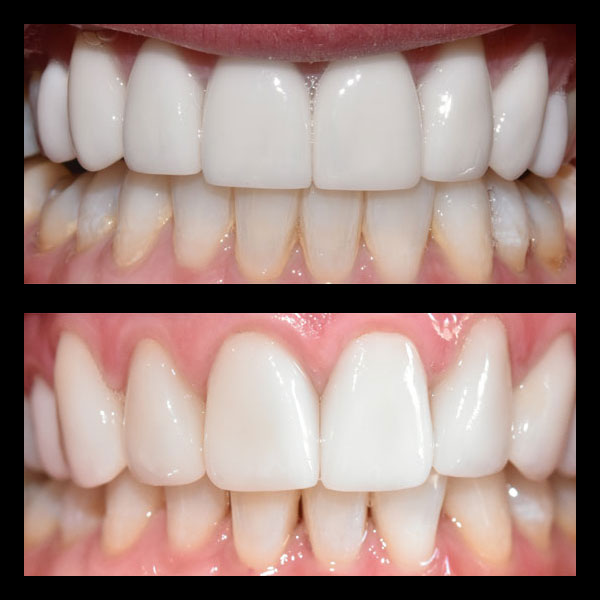Wondering if you are a candidate for adult braces? We get a lot of questions about orthodontics and Invisalign. If you notice that your teeth are shifting as you age, stop in for a free consultation. We’d be happy to explain the orthodontic treatment options available to you. They are less painful and intrusive than they were years ago.
What causes teeth to shift and move as we get older?
The same things that cause teeth to shift when we’re young. Have you ever noticed that some people naturally have straight teeth? People who have normal-sized teeth in a normal-sized jaw won the genetic jackpot. Another factor, however, is tongue position. When you posture your tongue in your palate with teeth apart and lips together, while breathing through your nose, you get the benefit of your tongue telling your teeth where to go. The tongue forms the upper teeth, and a full “U” shape will develop when it supports them.
What straightening options are available?
Traditional braces (metal or porcelain), Invisalign, Clear Correct and 6 Month Smiles are the most common straightening options.
 How have braces advanced over the years?
How have braces advanced over the years?
Invisalign has really paved the way in the non–metal bracket category. Instead of gluing metal brackets onto teeth, we can now digitally scan the mouth, send the digital scan via the internet to Invisalign, and within a couple of weeks have the clear aligners in our office, ready to start the movement process.
How do these options work differently?
Instead of using different-sized wires and bending wires, we utilize clear aligners to leverage the teeth into the desired position.
 Before I get my teeth straightened as an adult, will I need to have any teeth extracted?
Before I get my teeth straightened as an adult, will I need to have any teeth extracted?
Removal of permanent teeth as a child or an adult should be avoided. Nearly 100 percent of time, we recommend keeping all the teeth (except maybe the third molars, or wisdom teeth). When teeth get pulled, the arches become constricted, there is usually a narrow arch appearance (instead of a full smile), and the tongue space becomes restricted. This can be a contributing cause of sleep apnea.
What can I expect in terms of soreness or discomfort initially when the teeth are straightened?
Very little discomfort is to be expected with Invisalign. A tight squeezing feeling can be expected after most visits with traditional braces.
Can the bite be perfected while the teeth are being straightened?
Orthodontics should always be done with the bite and function in mind first, and aesthetics second. It’s simple – when the teeth are in the correct position, the bite is ideal.
Do I have to wait until I’m finished with the treatment to whiten my teeth?
You don’t have to wait to whiten your teeth while you are doing Invisalign, but it is impossible to whiten your teeth with traditional braces. The only reason to wait to whiten when you’re being treated with Invisalign is that you may have tooth-colored temporary attachments on your teeth to help with movement. Whitening gel should not touch those attachments.
How can I maintain the results once I have a new, straight smile?
We tell our patients to wear their retainers full time for six months after completing the movement to help the bone fill in around their teeth. This means day and night—removing only to eat and brush—and then every night thereafter for the rest of your life. Moving too quickly to wearing retainers only at night will cause relapse of the teeth to a crooked position.
Are you smiling?
Healthy, straight teeth are certainly something to smile about!








